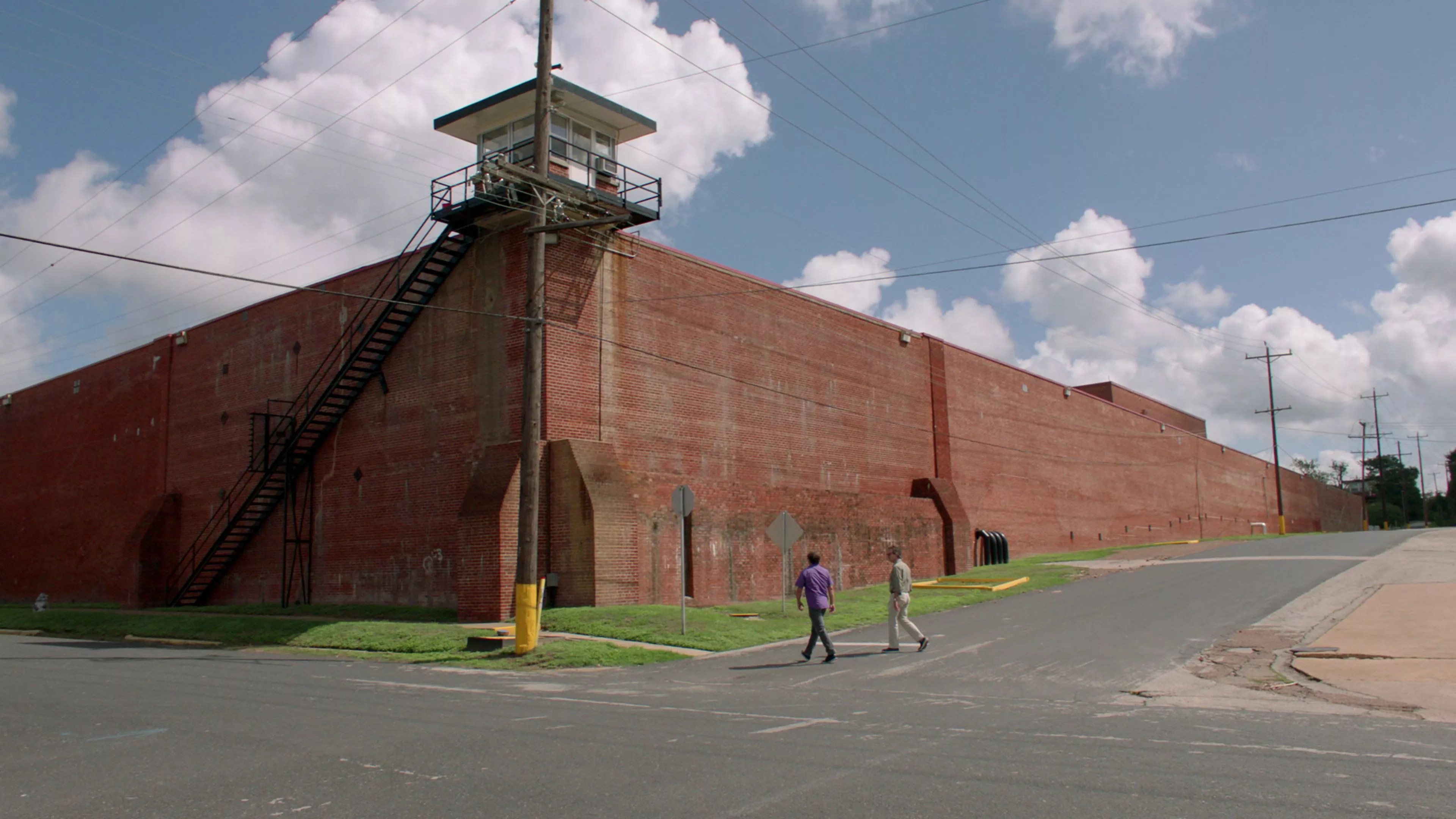
Max/Richard Linklater

Audio By Carbonatix
In response to several deaths at the Tarrant County jail, the county sheriff, Bill Waybourn, invited a team of auditors to inspect his prison. The report, from the National Institute of Corrections (NIC), highlighted rights and wrongs within the prison, but a key recommendation is addressing the staffing shortage that reflects a worrisome national trend.
“Due to its effect on access to care (delays in transports, specifically) for incarcerated individuals, it is critical to increase efforts to hire and retain custody staff,” reads the report from the NIC. “Improved staffing will help with staff morale and can change an all-too-common culture of simply housing incarcerated individuals, moving instead toward the goal of rehabilitating individuals who will once again rejoin their communities.”
Retention and recruitment issues aren’t unique to Tarrant County Jail, although other Texas facilities appear to be worse off, as the state’s prisons operate with an officer vacancy rate of 70%. In a state that imprisons more people than any other, understaffing can be catastrophic, say experts.
“I’ve never seen this situation in all of my time working in and around corrections, which is well over three decades, where the staffing levels are so low,” said Andy Potter, founder of One Voice United, an advocacy group for correctional officers.
This year, make your gift count –
Invest in local news that matters.
Our work is funded by readers like you who make voluntary gifts because they value our work and want to see it continue. Make a contribution today to help us reach our $30,000 goal!
Though Waybourn says the 65 deaths at Tarrant County Jail since he assumed his position in 2017 are due to mental health issues and natural causes, this reasoning dismisses the contention that when prisons witness understaffing, imperative secondary programs like medical care and rehabilitation are hindered. The threats caused by understaffing don’t affect only the incarcerated. Behind the prison walls, officers are forced to work long days, overseeing an unmanageable number of prisoners and enduring the same, often windowless, cinder-block box.
The crisis has prompted responses from two organizations with the most at stake in the issue. One Voice and Families Against Mandatory Minimums (FAMM), a criminal justice reform organization, have joined forces to launch the Safer Prisons, Safer Community campaign. Together the two organizations lobby for policy changes that will repair the broken prison system.
The Dangers of Understaffing
“[Understaffing] disrupts the ordinary service for those that are incarcerated,” said Matthew Charles, a senior policy advisor for FAMM.
Charles was incarcerated for 22 years, and during his time in prison he saw crucial programs suffer in times of understaffing. He saw staff stripped from medical facilities, education facilities and food services and redistributed to the housing units. Understaffed prisons foster the extreme conditions commonly associated with the American prison system and pave the way for violence to thrive.
“All that takes place whenever there’s a lack of staff, if the prison itself is only concerned about keeping people inside,” said Charles.
Not only do beneficial education programs and recreational opportunities for the incarcerated diminish, but the remaining officers are stretched thin, forced to work long hours in less than desirable conditions. According to Potter, correctional officers experience post traumatic stress disorder 36% more than any other profession.
“The vast majority of correctional officers, any correctional officer worth a salt, wants there to be good programming,” he said. “They want to see somebody succeed, and they want to see them go home with the tools they need to go back into the community. That is just not happening. And when that doesn’t happen, there’s a total disruption in the entire ecosystem. You don’t have enough staff for people to feel safe. And everybody has a right to feel safe.”
Solutions to the Problem
“I firmly believe that the overcrowding of prisons has led to the understaffing of prisons,” Charles said.
The solution, according to him, starts with decarceration. There are more people in American prisons than there are people living in Estonia, for one example.
“We’ve got into this mindset that locking more people up and giving them more time will solve crime,” said Charles. “The data and everything proves otherwise.”
Reducing sentences for nonviolent crimes is a primary focus in decarceration efforts, but it’s not the only solution. FAMM advocates for second-look laws, which reassess a prisoner’s sentence based on their infraction record and rehabilitative efforts while incarcerated, usually after 10 or 15 years served. The organization also prioritizes reducing mandatory minimum sentences that keep people imprisoned far longer than necessary.
From the perspective of correctional officers, Potter agrees that a reduction in prison population can alleviate some stress on the system itself as well as on correctional staff.” But he believes that to truly tackle the issue, a top-down approach is required, starting at the legislative level. Both men agree lawmakers are often blind to the realities of prisons, despite two-thirds of Americans knowing someone who has been incarcerated.
“Unless they’re well-informed policies [written] by folks like Matthew, myself, and the people we represent as the key stakeholders, those policies will continue to be ill-informed, ill-written, and they won’t be as effective as they could be,” Potter said.
Potter suggests starting with the foundations of prison systems, culturally and physically.
“We’ve created this us versus them system,” he said. “So as a young person, you have to make this an attractive profession, not just decarcerate and not just build new prisons, but close down those old dilapidated prisons that don’t have HVAC, they don’t have clean water, they don’t have clean air supply. These new prisons, think very carefully about how you’re building them so that there’s this environment that’s not just bar, steel and concrete.”